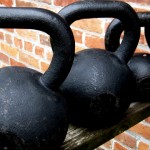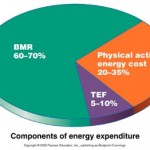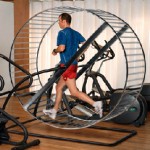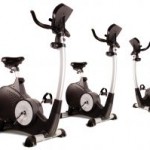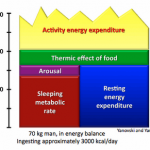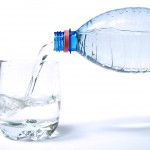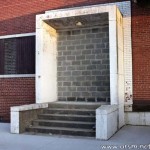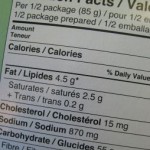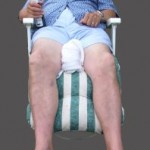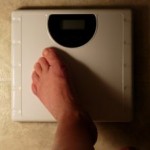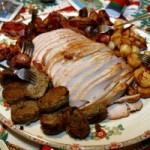Welcome back!!
A few posts ago I wrote about Interval training, particularly HIIT – high intensity interval training and why it is the best exercise protocol to use to lose fat – and it is.
Especially when you combine it with some form of resistance (ie strength) training. Thing is combining HIIT with strength training is VERY intense and can lead to burn out very quickly if you are properly familiar with how to use them correctly.
So what do you do if you can’y do HIIT everyday?
As you know if you have been a regular reader – you can’t out run or out lift a bad diet. But you can recondition your metabolism through a variety of means.
My choice is to keep eating the right way (low processed carbs, high protein, high fruit & vegetable intake) and to use strength training when I want either a break from HIIT or just as an alternative.
Resistance / Strength training, involves using weights, bands, kettlebells, body weight, weighted vests or other forms of resistance to force your body to move differently and work harder than it does in everyday life.
By working differently from our everyday activity and challenging our bodies at the same time we can increase our metabolic rate.
Going for a run, performing a HIIT session or doing a strength training workout and the way they affect your metabolic rate is quite different.Previously we have seen that HIIT (Interval) training has the greatest efffect on overal metabolism.
Remember it is how long for and by how much any activity boosts your metabolism that really has an impact on your ability to lose body fat when your diet is under control.
Let’s talk about the components of our metabolism:
First we have our resting metabolic rate, or RMR. This is the energy needed (counted in calories or kilojoules) to keep our bodies alive – our heart beating, our lungs breathing, etc.This is the ‘lying on the couch & not doing anything’ measurement.
Our RMR makes up about 60 to 80 percent of our total metabolic rate, so the more we can boost this the more fat we will be burning. To raise our RMR we need to recondition and boost our overall metabolism. Increasing physical activity, especially by using HIIT & strength training can directly change RMR.
Next there is the Thermic Effect of Activity, or TEA. Basically this is a measurement of how many calories are burnt by our bodies through movement. This includes walking, mowing the lawn, bringing in the groceries and so on. So your TEA is higher on the days you play touch football than the ones where you watch DVDs all day because it covers all of the activities that we engage in every day to live our lives. .
The more active you are, the more your total metabolic rate increases.
Third, we have the Thermic Effect of Food, or TEF. This is the amount of energy that your body expends to consume and digest food and then put the nuturients in the food to use to create more energy, repair the body etc. As you know you can increase your metabolism simply my eating more protein, more fibrous fruit & vegetables and less processed carbs & fat. Why? Because protein & fibrous fruit & vegetables can use up to 22% more energy to process than processed crap. As for fat – our bodies are the utimate fat storage devices so fat processing (&storage) requires virtually no energy at all.
So we can view our metabolism as the total number of calories (or kilojoules) our bodies use each day for each metabolic component.
This total energy expenditure can be derived by using this simple formula: (TEE) = RMR + TEA + TEF.
Because we are all different the enrgy used by each metabolic component is different for each person, resulting in unique metabolic rates.
But why Strength Training?
Strength training increases our TEE by elevating the amount of calories expended in activity (TEA). The harder you strength train, the greater the amount of calories you burn through exercise. This in turn leads to the creation of more lean tissue (which is more metabolically active) which burns more calories at rest.
So strength training not only raises your TEA but also your RMR. Next to HIIT it is the best way to do this.
In turn, if you keep eating clean and also watch that your calorie / kilojoule intake does not exceed your TEE then you will lose body fat.
If you conduct your training session with intensity then they all – strength training , HIIT or running – will increase your energy expenditure both at the time of activity, and for a few hours afterwards. This elevation of your RMR that follows on in the hours after exercise is often called the ‘Afterburn’ and for fat loss it is essential. It can also only be gained by either using a HIIT protocol or through strength training.
By using multiple sets of a challenging weight, scientists have shown that the energy expended afterwards, known as EPOC (excess post-exercise oxygen consumption) can be elevated for 24-36 hours.
Strength training can boost your metabolism, but it has to be more challenging than activities you do every day. two or three pound dumbells won’t make much of a difference if the groceries you carry or the child you hug weigh more than this. The key to an elevated metabolism is to challenge your existing strength boundaries.
Otherwise your body won’t get the challenge it needs to build muscle, lose fat and look better in your clothes – or out of them….and that’s what we’re all looking for, isn’t it?

